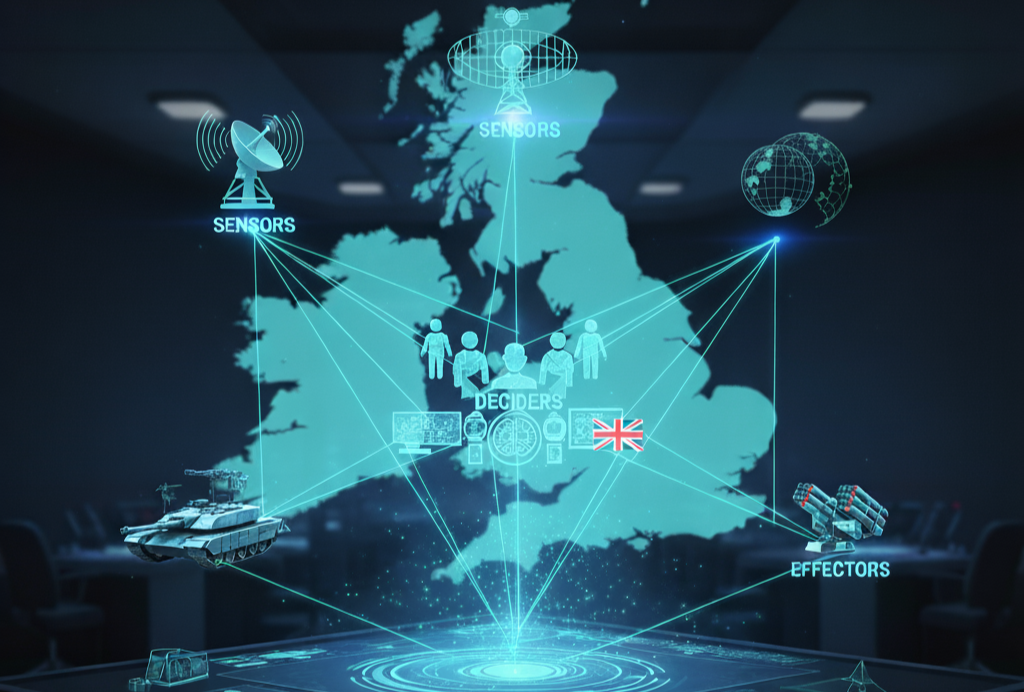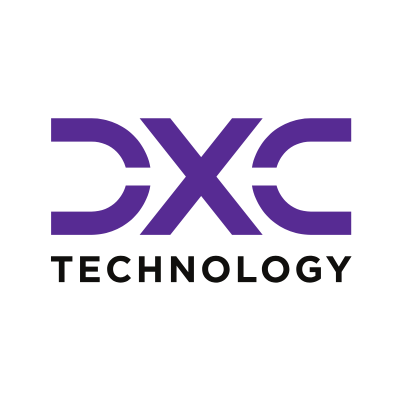Exclusive – UK outlines key requirements for Digital Targeting Web
- Europe
- News
- Joint

Along with new technology, existing capabilities, such as Nexus and Strike Net will be used to support the web.
The UK’s new Cyber & Specialist Operations Command (CSOC) has unveiled its blueprint or “shopping list” for the military’s future Digital Targeting Web (DTW) battle system, with early investment priorities focused on building a defence-wide C4ISTAR architecture.
Speaking at DSEI UK 2025, Rear Admiral (RADM) Paul Stroude, Director of Capability at CSOC, outlined that the C4ISTAR architecture – covering command, communications, and intelligence/surveillance functions – is necessary to create a web that “extends across the entirety of defence”, supporting all the functions – sense, decide, and effect – of the DTW.
The DTW – first announced in the Strategic Defence Review in June – aims to improve battlefield decision-making by connecting sensors, effectors, and decision-makers into a system-of-systems. GBP1 billion has been earmarked for the programme.
C4ISTAR priorities
Breaking down the DTW’s C4ISTAR priorities, RADM Stroude said that “top of our list” is taking “the leap to data-centric security, zero trust architectures, and data gateways that can operate across the entire defence estate to allow information to flow at machine speed, securely, and seamlessly across classifications”.
“So, a minimum viable product initially in this will prioritise deployed hosting platforms, such as OpNET and also integrating with FLC [frontline command] initiatives such as the Royal Air Force’s Nexus and the Royal Navy’s Strike Net”, he said.
Supporting this, however, requires a comprehensive cloud and communications backbone.
“We're going to be heavily enabled by the enterprise secret cloud. And again, we're going to have to provide some of the early years funding for that out of the Digital Targeting Web.”
From a tactical perspective, RADM Stroude highlighted the growing importance of AI, noting that it will “require an uplift in edge compute enabled through further investment in our deployed ‘C2 to the Edge programme’, and in particular project ‘Seraphim’, which has been stood up to deliver modern local area mesh networks and services delivered through OpNET.”
OpNET is the UK military's secure digital communications and IT network, which provides secure data, voice, and messaging services across security levels.
Other priorities
Enhancing situational awareness, resilience, and connectivity are other core priorities for enabling the DTW, he continued.
For situational awareness, the military must build ‘shared situational awareness’, operating on a federated, filterable common operating picture spanning both the tactical edge and HQ nodes.
Connectivity, meanwhile, requires “closing gaps in the transport layer”, through Link 16 and Link 22, delivered via a common access point and integrated broadcast services, he continued.
Working with partners across the UK Government and its allies is essential for achieving this level of connectivity, he said, adding that the military plans on working with NATO on the Allied Software for Cloud and Edge Services (ACE) initiative. A new Five Eyes information sharing environment is also going to be established called Arcadia to replace Pegasus, he noted.
ACE is a NATO initiative, supported by the UK, that aims to establish a common digital service for creating, distributing, and storing classified information securely.
Finally, resilience, and this goes beyond cyber, encompasses establishing robust alternative position, navigation and timing; anti-jam satellite navigation; exploiting satellite signals; and deployable “eLoran nodes to provide a time signal”, RADM Stroude explained.
The capabilities needed to achieve this likely exist already, with CSOC assessing that “something like 70% of what we need” is already available, Brigadier Richard Alston RM Deputy Director of Cyber and Electromagnetic Effects at CSOC added at DSEI UK.
The challenge is “orchestrating all of that activity”, Brig Alston concluded, with a new defence targeting enterprise office set to be established to help support this.
Tags
- along
- c4istar
- capabilities
- command
- csoc
- cyber
- defence
- digital
- dsei
- dtw
- edge
- exclusive
- existing
- key
- net
- new
- nexus
- outlines
- priorities
- radm
- requirements
- services
- strike
- stroude
- such
- support
- targeting
- technology
- uk
- used
- web
Providing impartial insights and news on defence, focusing on actionable opportunities.
-
Featured New
The defence marketplace: A different approach to procurement
01 Dec 2025 George FitzmauriceAs militaries turn to a new method of procurement through online defence marketplaces, DSEI Gateway takes a deep dive into the new, ‘Amazon-style’ platforms. -
The partnership follows the launch of the joint ‘BraveTech EU’ initiative in July.
-
Solutions must weigh less than 25kg and be capable of non-assisted vertical take-off and landing.


)
)
)
